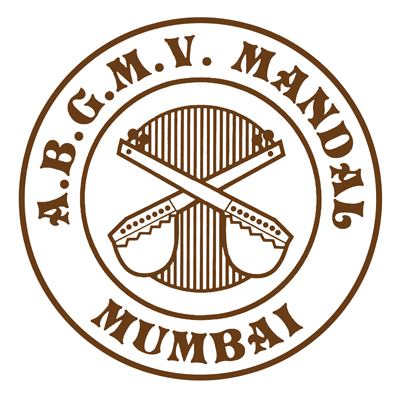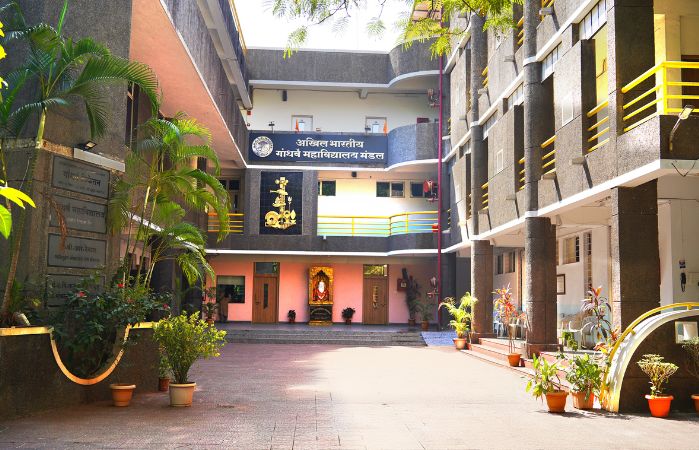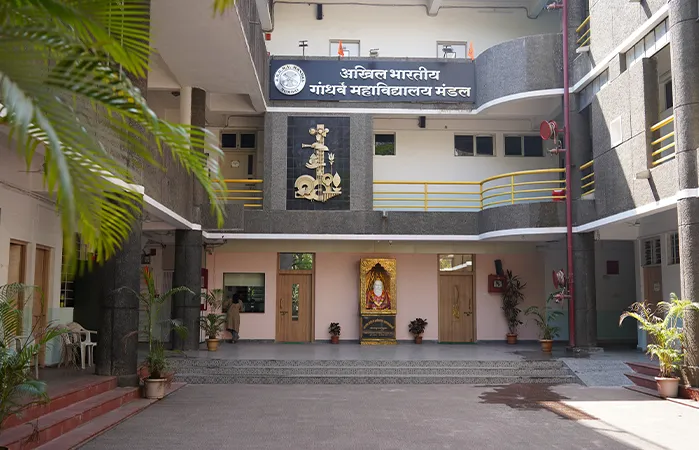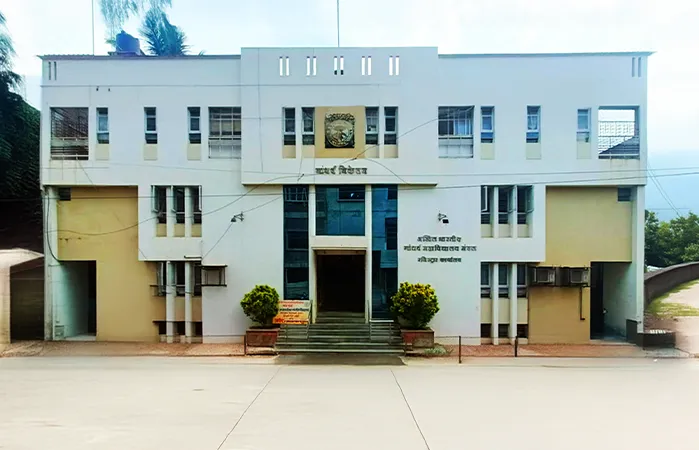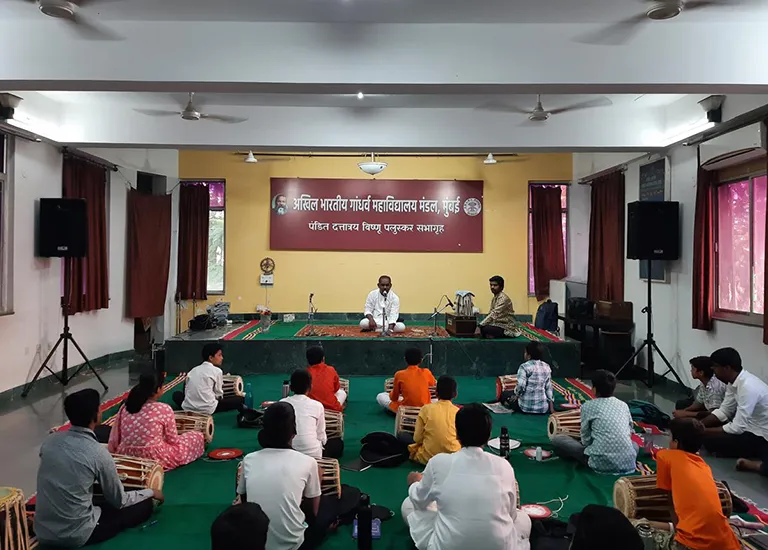हमारी प्रेरणा
अखिल भारतीय गांधर्व महाविद्यालय मंडल की प्रेरणा भारतीय शास्त्रीय संगीत की सजीवता और विरासत को संरक्षित और प्रोत्साहित करने में निहित है। पं. विष्णु दिगंबर पलुस्कर जी के नेतृत्व और समर्पण से प्रेरित होकर, हमारा उद्देश्य न केवल संगीत शिक्षा प्रदान करना है, बल्कि हर छात्र में संगीत के प्रति एक गहरा और सार्थक जुड़ाव स्थापित करना भी है। हमारे लिए, संगीत केवल ध्वनि का संयोजन नहीं है; यह एक दिव्य कला है जो आत्मा को छूती है और दिलों को जोड़ती है। यह विचार हमारे हर एक पहल में परिलक्षित होता है, चाहे वह पाठ्यक्रम के माध्यम से हो, कार्यशालाओं और संगोष्ठियों के आयोजन के माध्यम से, या "संगीत कला विहार" पत्रिका के प्रकाशन के माध्यम से। हम मानते हैं कि संगीत एक सार्वभौमिक भाषा है जो सीमाओं को पार करती है और मानवीय भावनाओं को अभिव्यक्त करने का एक अद्वितीय माध्यम है।
हमारा उद्देश्य केवल संगीतकारों को प्रशिक्षित करना नहीं है, बल्कि उन्हें संगीत की गहरी समझ और सराहना के साथ सशक्त बनाना है। हमारा दृष्टिकोण समग्र है, जो संगीत के तकनीकी और सैद्धांतिक पहलुओं को समायोजित करने के साथ-साथ इसके सांस्कृतिक और आध्यात्मिक महत्व को भी पहचानता है। पं. पलुस्करजी की विरासत के प्रति हमारी प्रतिबद्धता हमें निरंतर प्रेरित करती है, और हम इस अमूल्य कला को आने वाली पीढ़ियों तक पहुंचाने के अपने संकल्प के प्रति दृढ़ संकल्पित हैं। अखिल भारतीय गांधर्व महाविद्यालय मंडल में, हम न केवल संगीत सिखाते हैं, बल्कि एक संगीतमय जीवन जीने के लिए प्रेरित करते हैं।
